Wheel Nuts: Ultimate 'Ghetto Engineering' DIY Deep-Dive
Here's everything you need to understand when it comes to doing-up and undoing your wheel nuts: the rules, the mistakes, tips and tricks. Plus, how they work…
This report is something of a mercy mission to help a dude, just like you perhaps, who is having a serious problem with his wheel nuts.
If you have any intention of doing your own mechanical work at home, on your own vehicle, in the realm of swapping wheels, replacing a flat tyre, or even just getting to know how it all works, this is a deep-dive end-to-end report designed to help you do exactly that.
Keep in mind this page is only a summary, however. If you want the details, watch the video above.
Once you finish this report, you might want to check out my Wheel Nuts Anti-Seize & Overtightening report >>, followed by the myth-busting joy that is Reaction & Feedback to Wheel Nut Anti-Seize >>, before getting the definitive Ultimate Anti-Seize Lubrication Guide >> to finish the job properly when using copper, aluminium, nickel & graphite grease.
Do you own your own workshop or run a business? Perhaps you’re rekindling that old DIY garage flame - maybe even teaching your adult kids a thing or two - these definitive reports will make you a wheel-changing Jedi Master.
In this report, we’ll address a series of topical questions put to me by an inquisitive chap named Craig.
Craig, what you’re doing is a good plan. Might as well know up front if those nuts of yours have been over-tightened by Satan’s pneumatic impact driver. The place you typically discover this is out on the highway inches from cars and truck doing 110km/h, in the searing heat or the pouring rain.
The ideal place to do this cursory double-checking and correction exercise is, of course, in the comfort and relative safety of your own driveway. Although that doesn’t mean you can’t treat this task with safety as your top priority. Just as you should be cautious when using a ladder or using jerry cans full of fuel, make sure you use wheel chocks, put the vehicle in park with the park-brake on. You don’t need a jack or axle stands for this wheel-nut check; the vehicle can stay on the deck.
Craig continues:
Yeah, I agree. This is a real thing. See, there is a torque specification for wheel nuts. It’s in the manual. And, it matters. In the case of the mighty AutoExpert Triton GSR that torque is 118-137 Newton-metres with the alloy wheels, and a little higher for the steel rims.
And with the cheap, nasty standard wheel brace - which only has a moment arm of about 250 millimetres (that’s a quarter of a metre; roughly 10 inches in imperial units). So, taking the average of that 118-137 Newton-metres, that’s about 50 kilograms of force on the end of the standard wrench. Or 110 pounds, imperial. How much is that, I hear you ask.
It’s a lot. It would be beyond the capacity of many people to apply that kind of force, in a controlled, safe way. Plus, when you’re undoing a threaded fastener, you have to overcome the static friction to get the fastener moving - so even if you did it up correctly, it’s going to require more torque than that, to undo the fastener. It’s harder to get a fridge sliding across the floor than to keep it going.
So how do you overcome this problem?
My AutoExpert AFFORDABLE ROADSIDE ASSISTANCE PACKAGE
If you’re sick of paying through the neck for roadside assistance I’ve teamed up with 24/7 to offer AutoExpert readers nationwide roadside assistance from just $69 annually, plus there’s NO JOINING FEE
Full details here >>
AutoExpert DISCOUNT OLIGHT TORCHES
These flashlights are awesome. I carry the Olight Warrior Mini 2 every day - it’s tiny, robust, and super useful in the field or in the workshop. Olight is a terrific supporter of AutoExpert.
Use the code AEJC to get a 12% discount >>
MAKE FRIENDS WITH YOUR HAMMER
Undoing the wheel nuts with the standard wrench is going to be hard work for some people and impossible for others - so you have to hack it.
The first thing most people reach for is a piece of pipe, to increase leverage, but I’d suggest that this is a bad idea because you’re most likely to use slow, gradual applications of force down on the pipe - which increases the likelihood of snapping the fastener, rounding off the standard wheel brace, or both.
Here, impact is your best friend. Find a hammer, and make a couple of short, hard, fast percussive blow to the end of the brace handle.
Next question:
Yeah, sometimes tyre fitters, some workshops, some dealerships will do this business of blazing 20 wheel nuts onto each set of studs as quickly as possible with a rattle gun. It’s sinful and should not be tolerated.
In reality, a wheel on a car is a precision, high-tensile bolted joint assembly, and that means the tension in the bolts really matters. These are generally the only high-tensile bolted joints non-engineering ‘civilians’ ever interact with.
High-tensile fasteners are all about the clamping force applied by the thread. So the torque really matters. I explain why in the video.
You’re supposed to tighten wheel nuts with a torque wrench. Firing on them endlessly with a rattle gun is absolutely third rate and unprofessional - and yet lots of workshops do exactly this.
Make it very clear to your local mechanic or tyre-fitter they need to use a torque wrench, and tell them you’ll be checking their work afterward.
Next question:
Static friction means undoing a bolted joint is harder than doing it up. Every time. As opposed to kinetic friction which already has energy in the system helping you turn the wrench, socket or whatever.
Pretty sure the standard wheel brace is the minimum tool for the job. It’s really just meant to be there for changing a wheel at the side of the road. It’s not a proper home-spec workshop tool.
Does this mean the standard factory wheel brace is insufficient to correctly tighten the wheel nuts? The standard wrench is built down to a price, it’s made as cheaply as possible with the absolute minimum amount of quality built-in. You can lean on the standard wrench pretty hard without breaking anything.
There’s always some testosterone-overdosed exception to the rule who, I’m sure is out there, and finds a way to completely overcook the job.
Craig’s last question:
A high-tensile bolted joint is a precision thing, and you really haven’t got any business going near one (in other words, putting one together) without a torque wrench. This is a basic ghetto engineering respect for tools and the fundamentals of mechanics.
Not to be confused with my previous answer, where tightening a spare wheel’s nuts onto the studs as much as possible to get you home after having a flat. That’s okay.
But you cannot simply guess the required amount of torque required to keep the regular wheel on the car for the next 6-12 months in regular operation on public roads. It needs to be done correctly.
Once you understand a torque wrench, you’ll never go back.
A torque wrench is the point where practicality and repeatability collide. Carmakers don’t bother printing the wheel nut torque settings in the manual because that was optional.
But at the roadside, fitting a spare, you can absolutely live without the torque wrench. Use the stock toolkit, give the wrench a hard shove to torque the bolts, get home safe, undo, and re-torque properly.
Or, if it’s outside your level of competence, ask a mechanic or tyre-fitter to torque them - with a torque wrench - for you. They probably won’t even charge you.



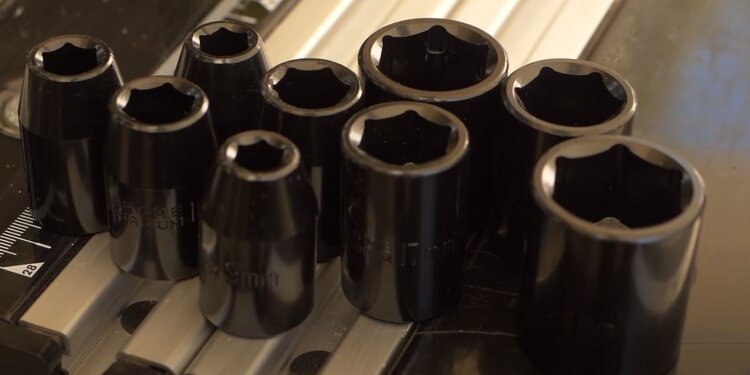
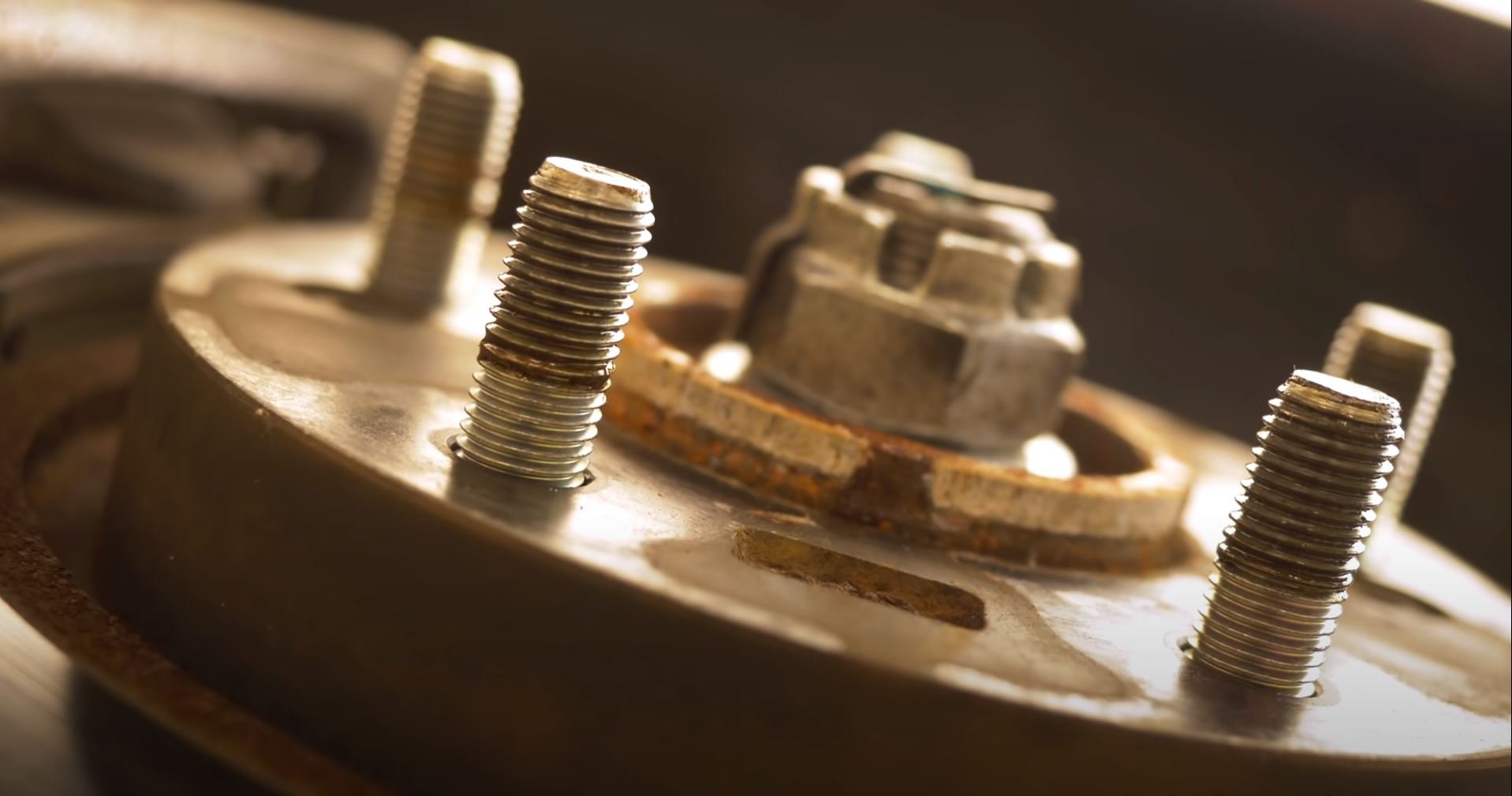
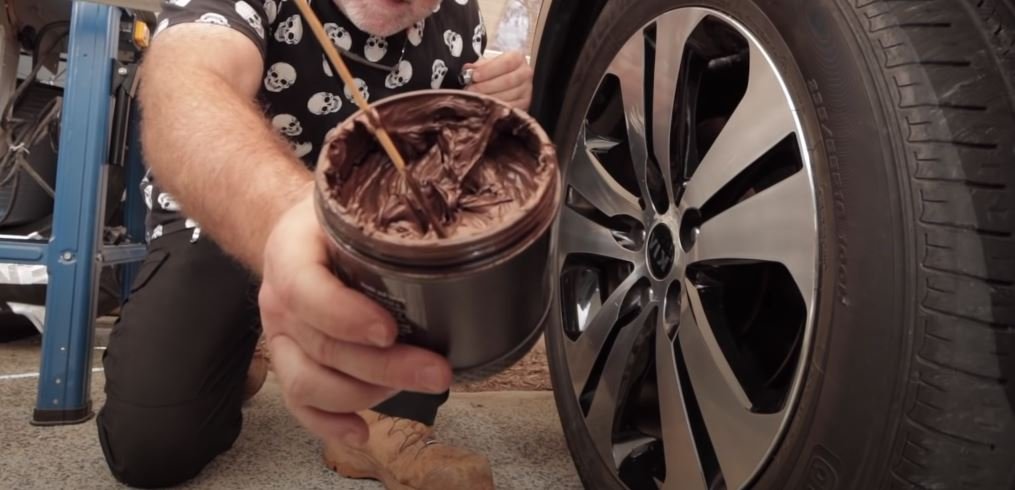
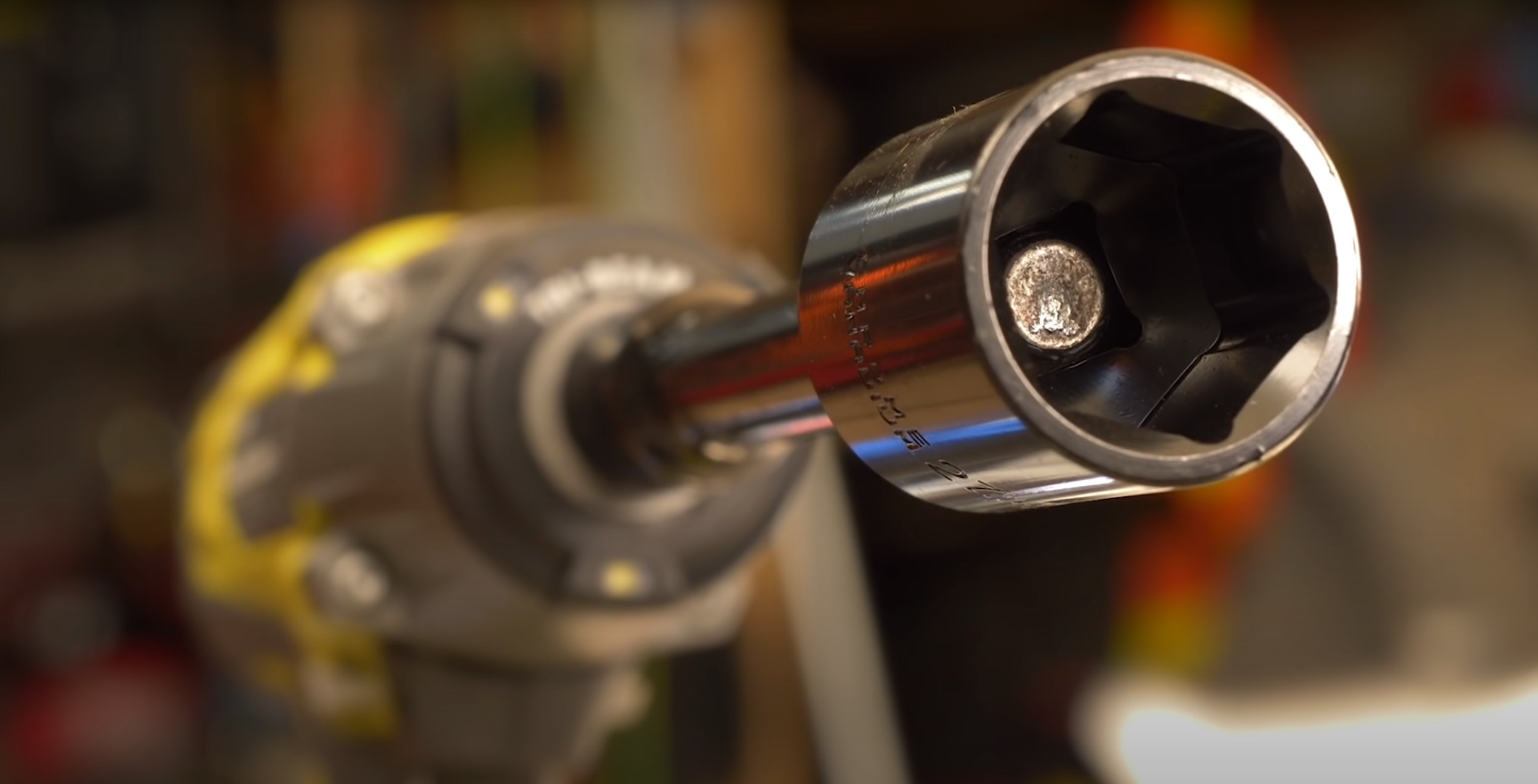




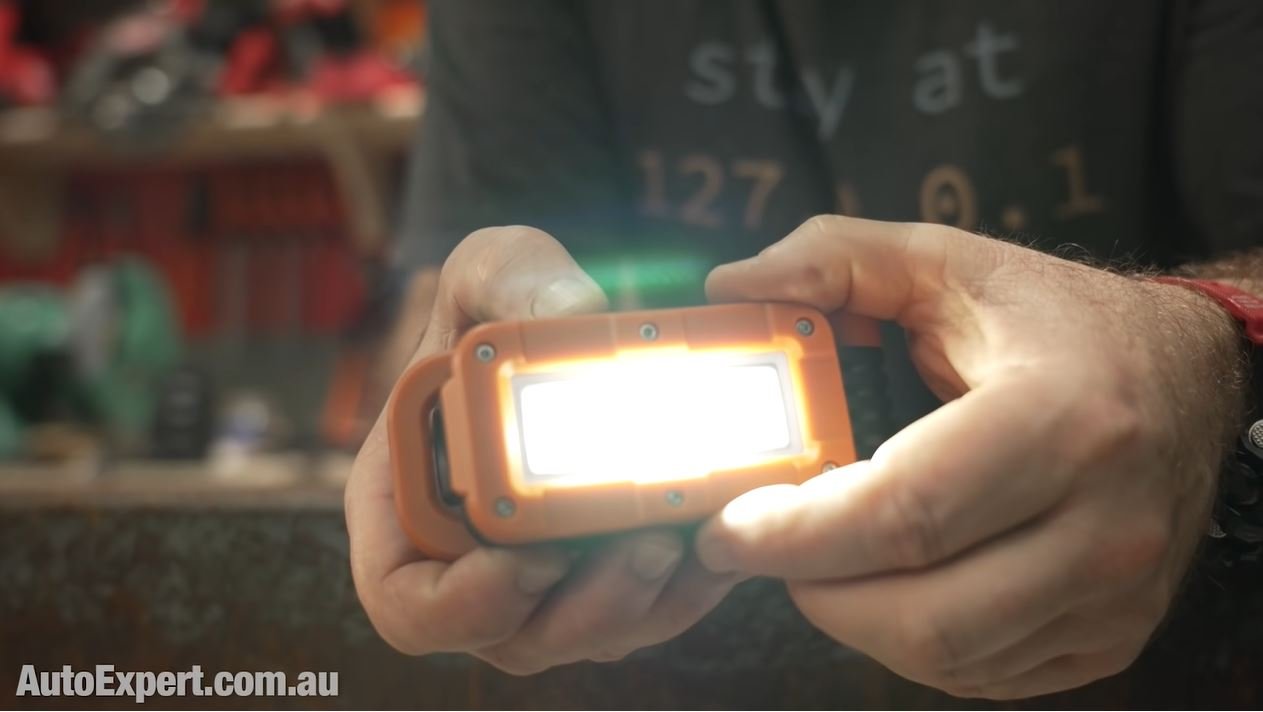
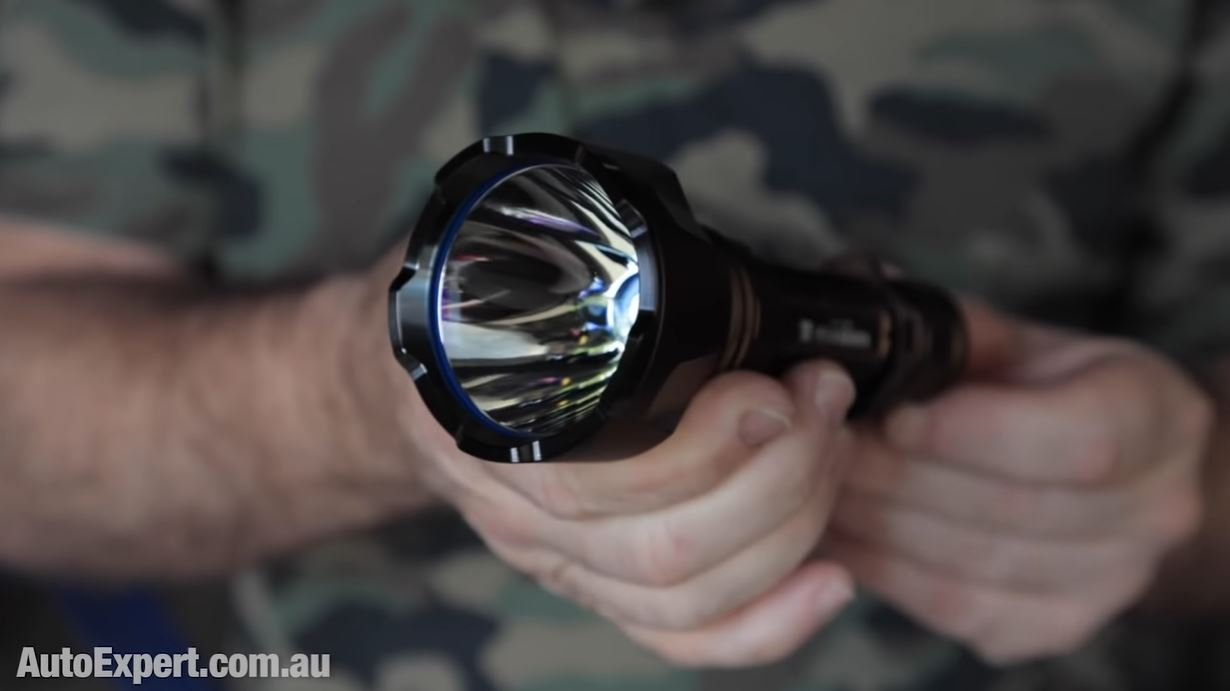

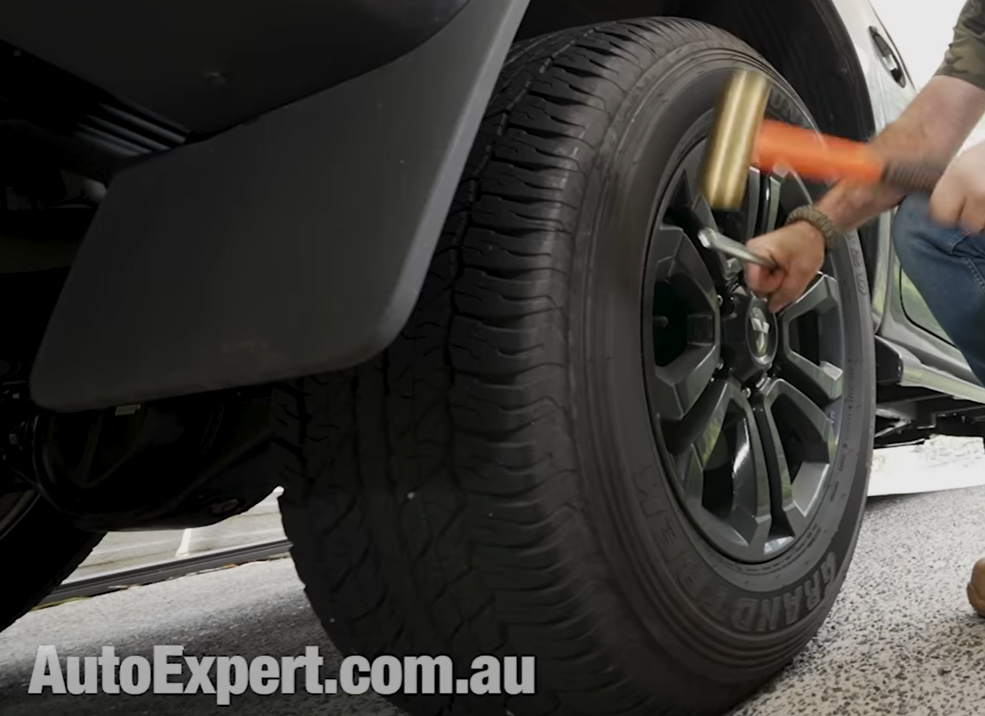
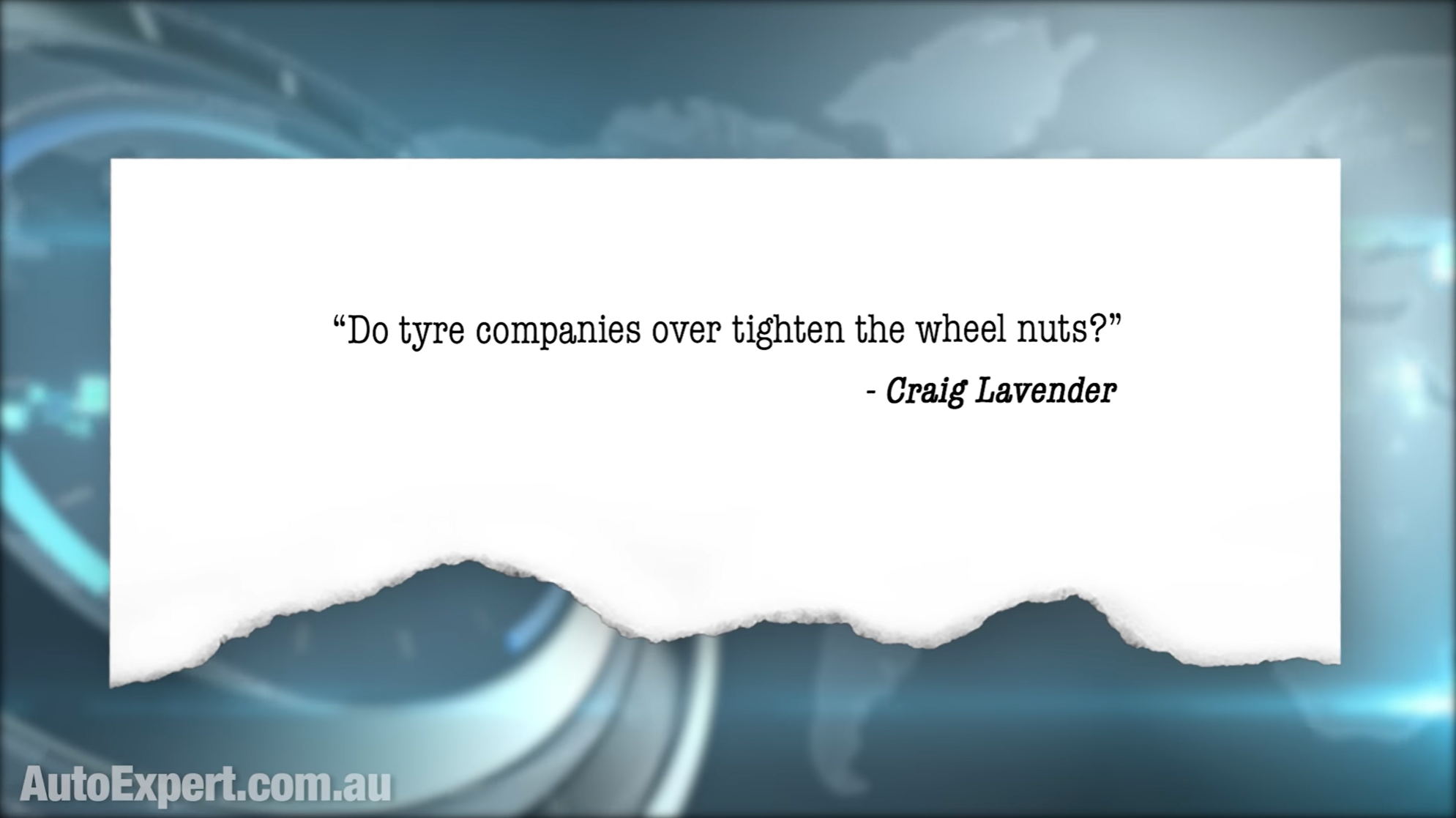
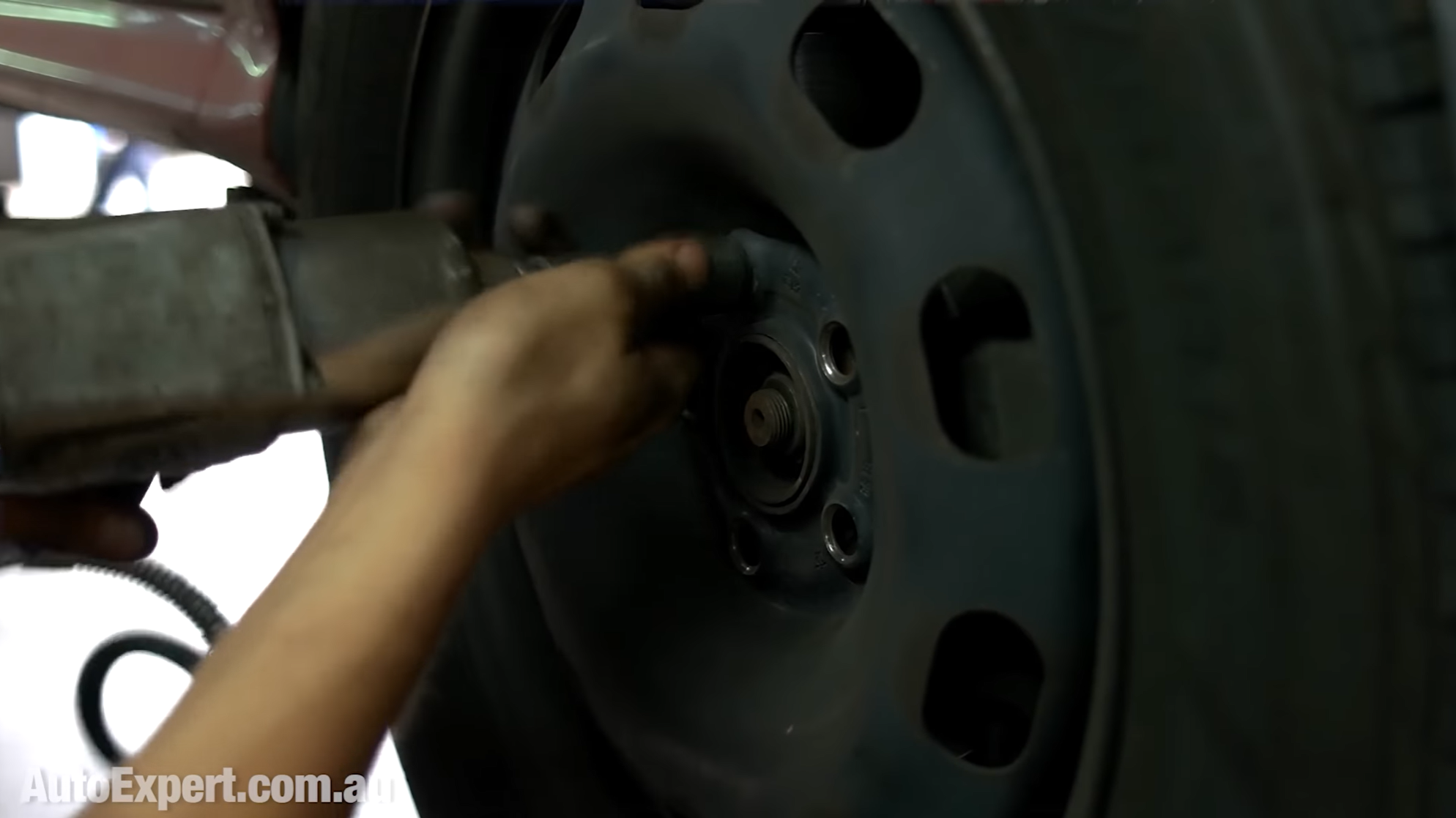
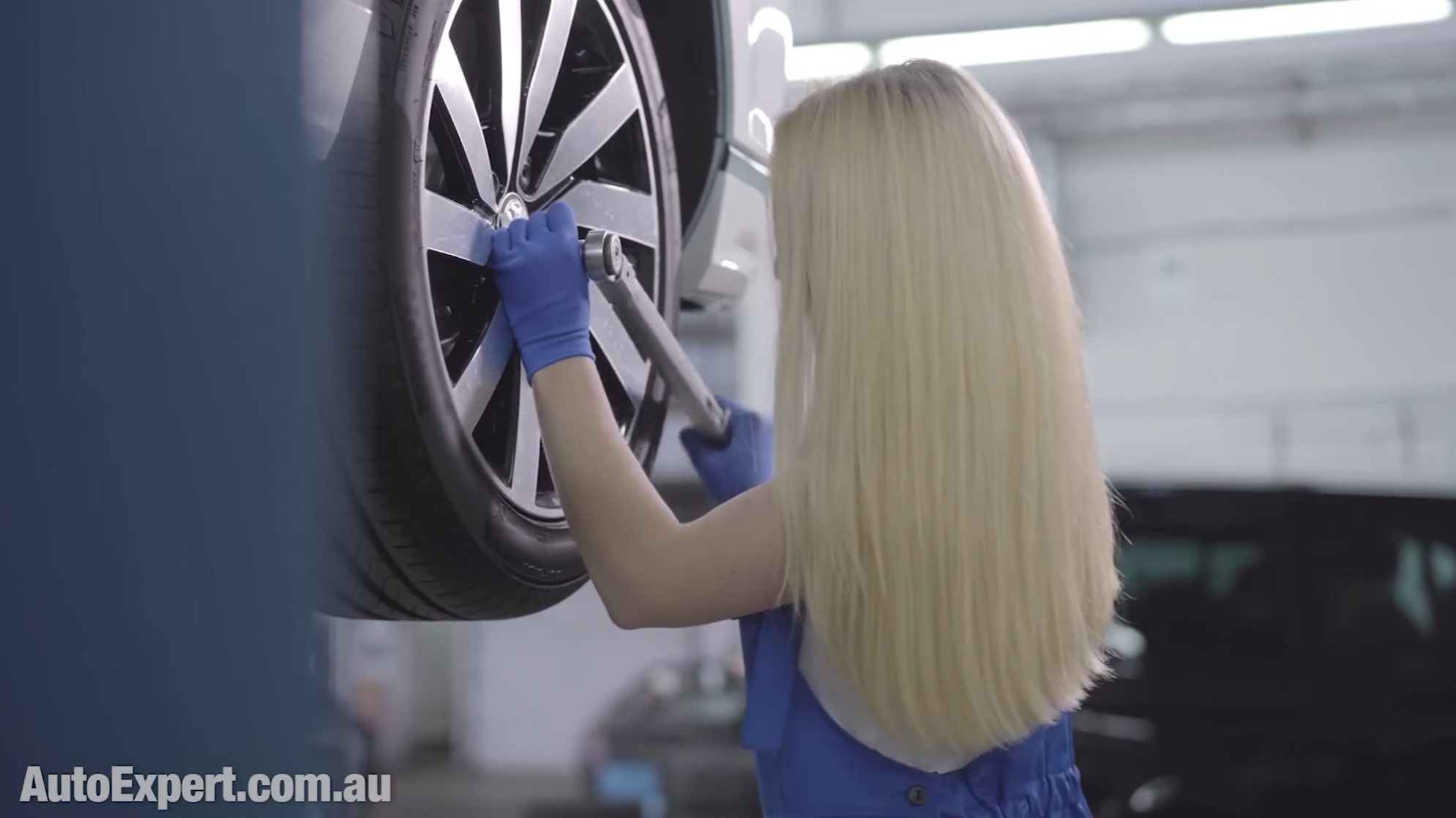

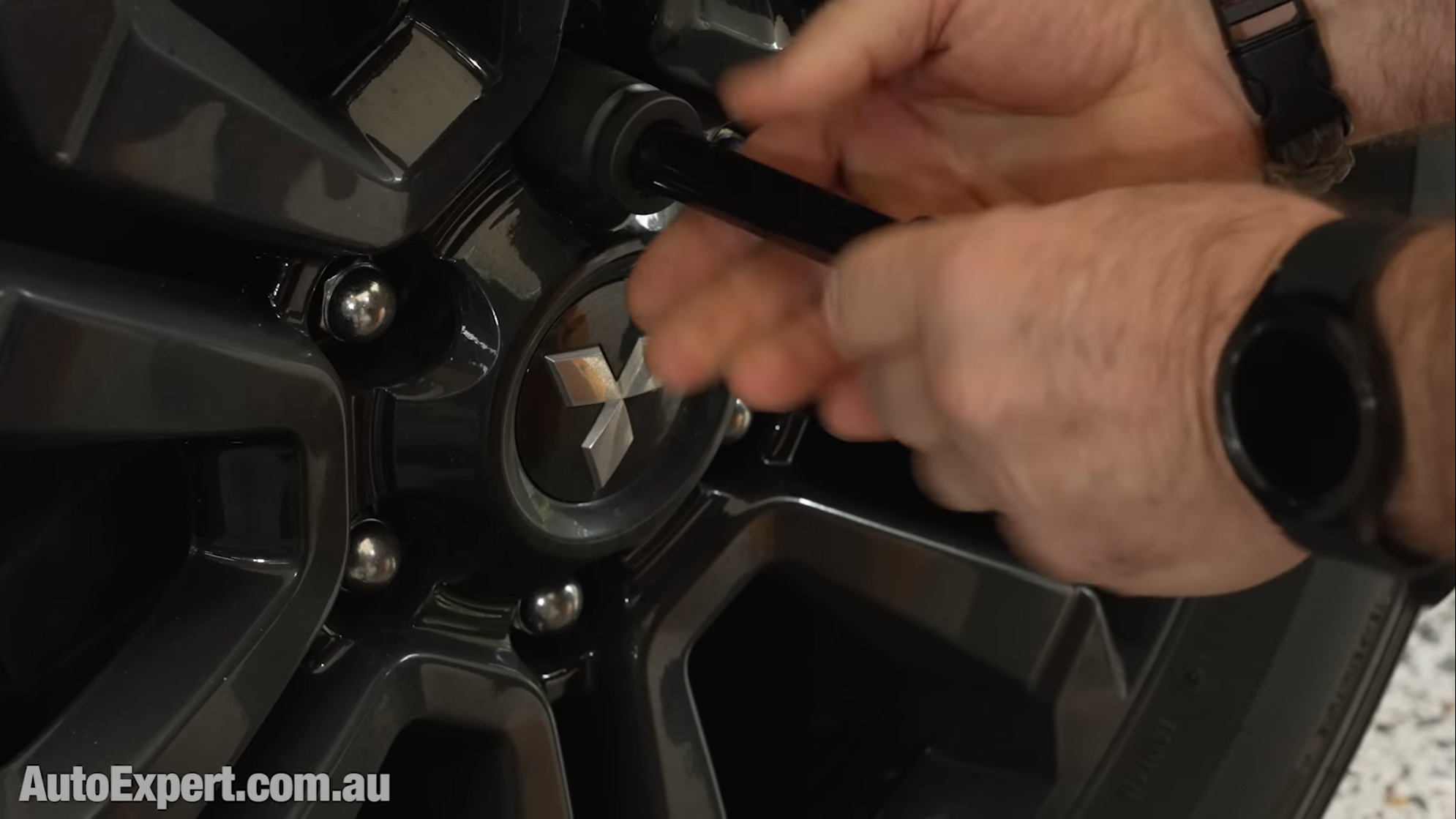
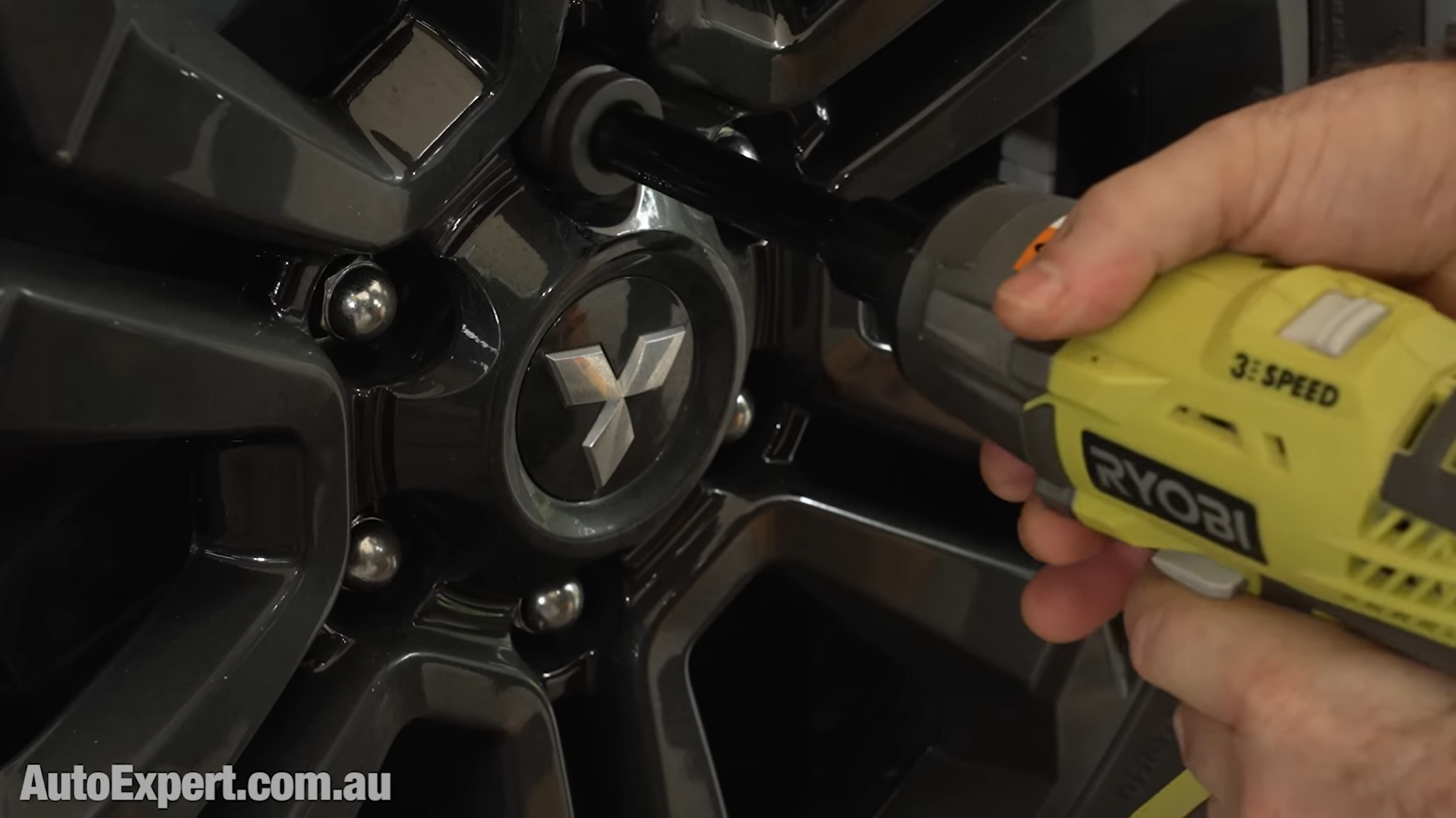
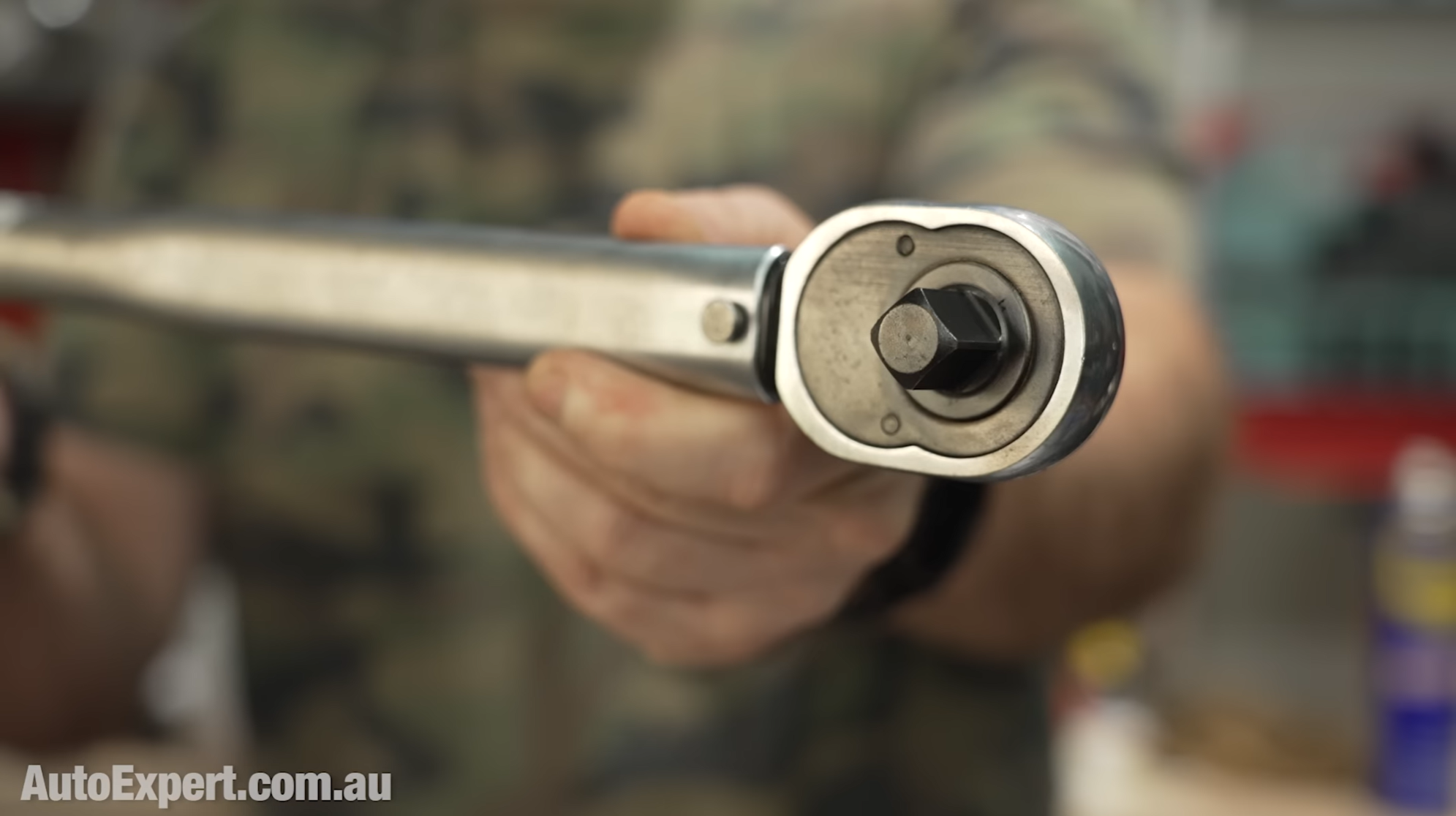













The smallest SUV in Toyota’s line-up offers good value, affordability and compactness. So let’s see if it’s worth your time and money in the context of its nearest competitors.